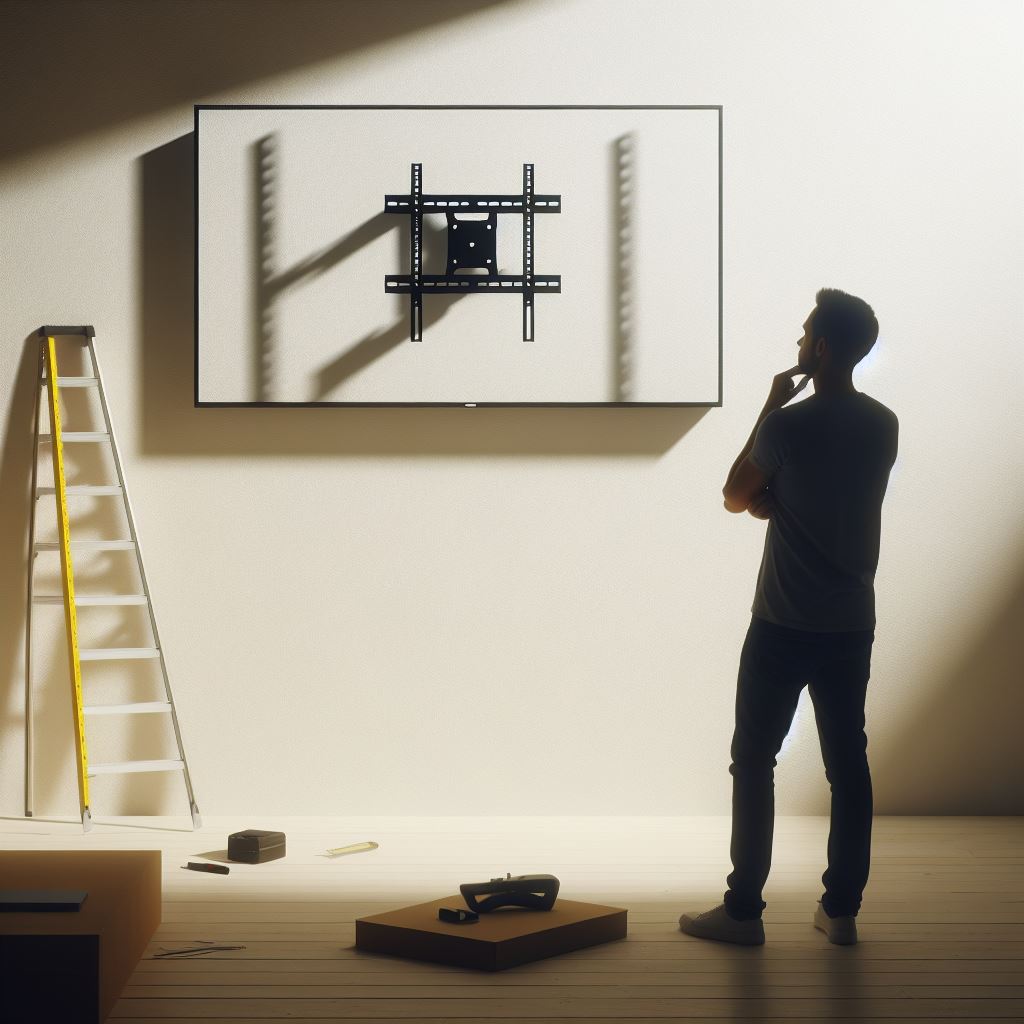To Mount or Not to Mount? | What’s Best?


In the age of modern home entertainment, the decision to mount a TV on the wall versus using a traditional TV stand is a common dilemma faced by many homeowners. Each option comes with its own set of considerations, benefits, and drawbacks. In this comprehensive guide, we’ll delve into the factors to consider when deciding between wall mounting and using a TV stand, providing detailed experiences and examples to help you make the best choice for your space.
Wall mounting a TV offers several advantages that make it an appealing choice for modern living spaces:
Before committing to wall mounting, consider the following factors:
On the flip side, using a TV stand offers its own set of advantages:
When deciding whether to mount your TV or use a stand, consider the following questions:
To provide real-world inspiration, here are a few examples of successful TV installations:
In the debate of to mount or not to mount, the best choice ultimately depends on your individual preferences, space constraints, and lifestyle. Both wall mounting and using a TV stand offer unique benefits and can enhance your home entertainment experience in different ways. Take into account the factors discussed in this guide, consider practical examples, and choose the option that aligns best with your vision for a functional and stylish living space. Whether you opt for the sleek look of a wall-mounted TV or the versatility of a TV stand, make sure your choice reflects your personal style and enhances your enjoyment of entertainment at home.
Choosing the right anchor for your wall type is essential for a secure and damage-free installation. Whether you're mounting on drywall, metal studs, concrete, plaster, or tile, using the proper anchor ensures stability and safety. From toggle bolts for metal studs to Elephant Anchors for drywall and concrete, this guide helps you select the best option for every surface. Mount with confidence and keep your installations secure!
Struggling with wall mounting? 🛠️ Elephant Anchors make it super easy! 💪 Perfect for mounting heavy objects on drywall! #DIY #WallAnchors #HomeImprovement #ElephantAnchors #TVMount #DrywallHacks
Mounting a 60-inch TV on drywall is easy with Elephant Anchors. These high-capacity anchors support up to 90lbs, ensuring a secure hold without the need for studs. Their innovative design makes installation a breeze, providing reliable stability for your TV. Perfect for DIY projects, Elephant Anchors are the ultimate solution for heavy-duty mounting on drywall.